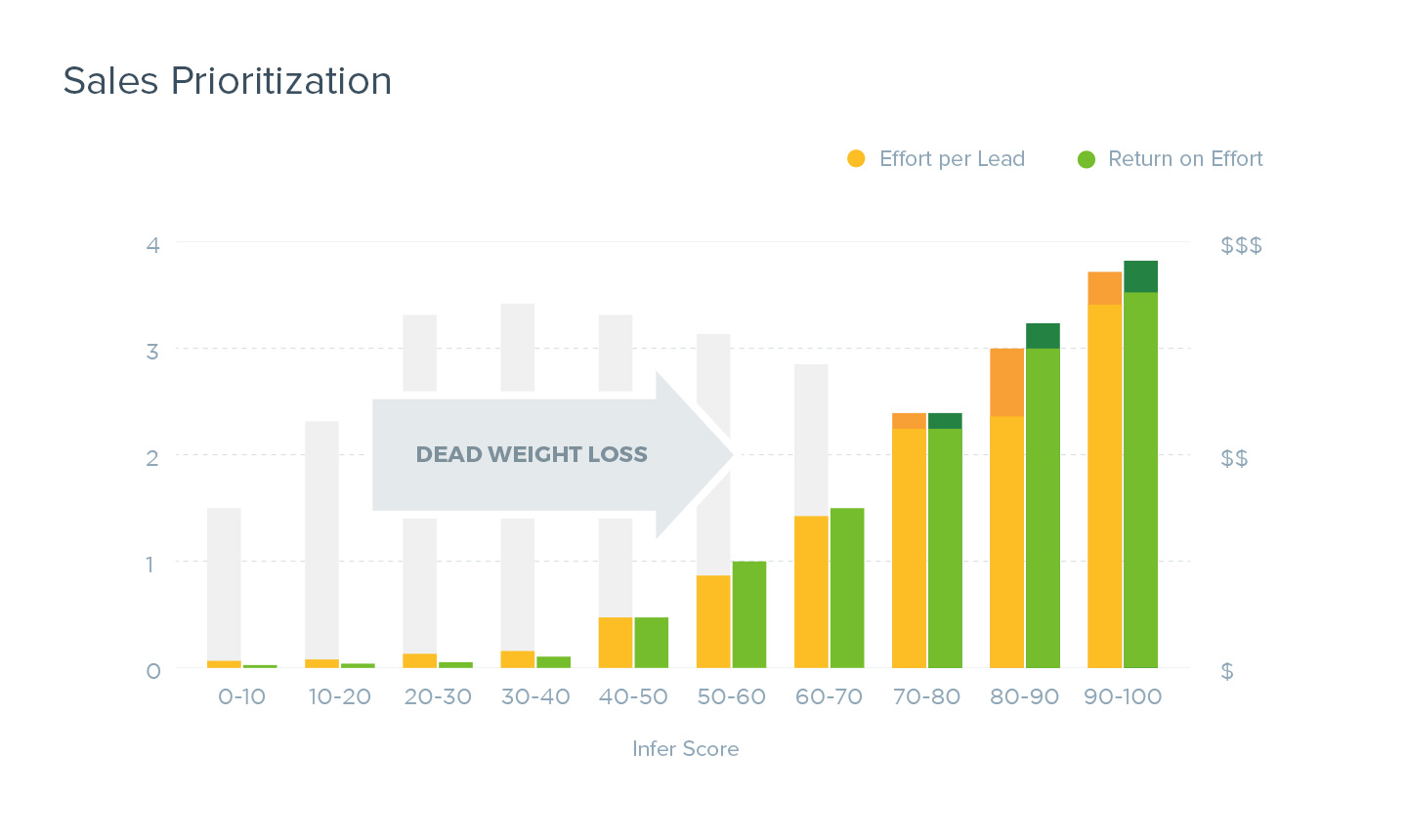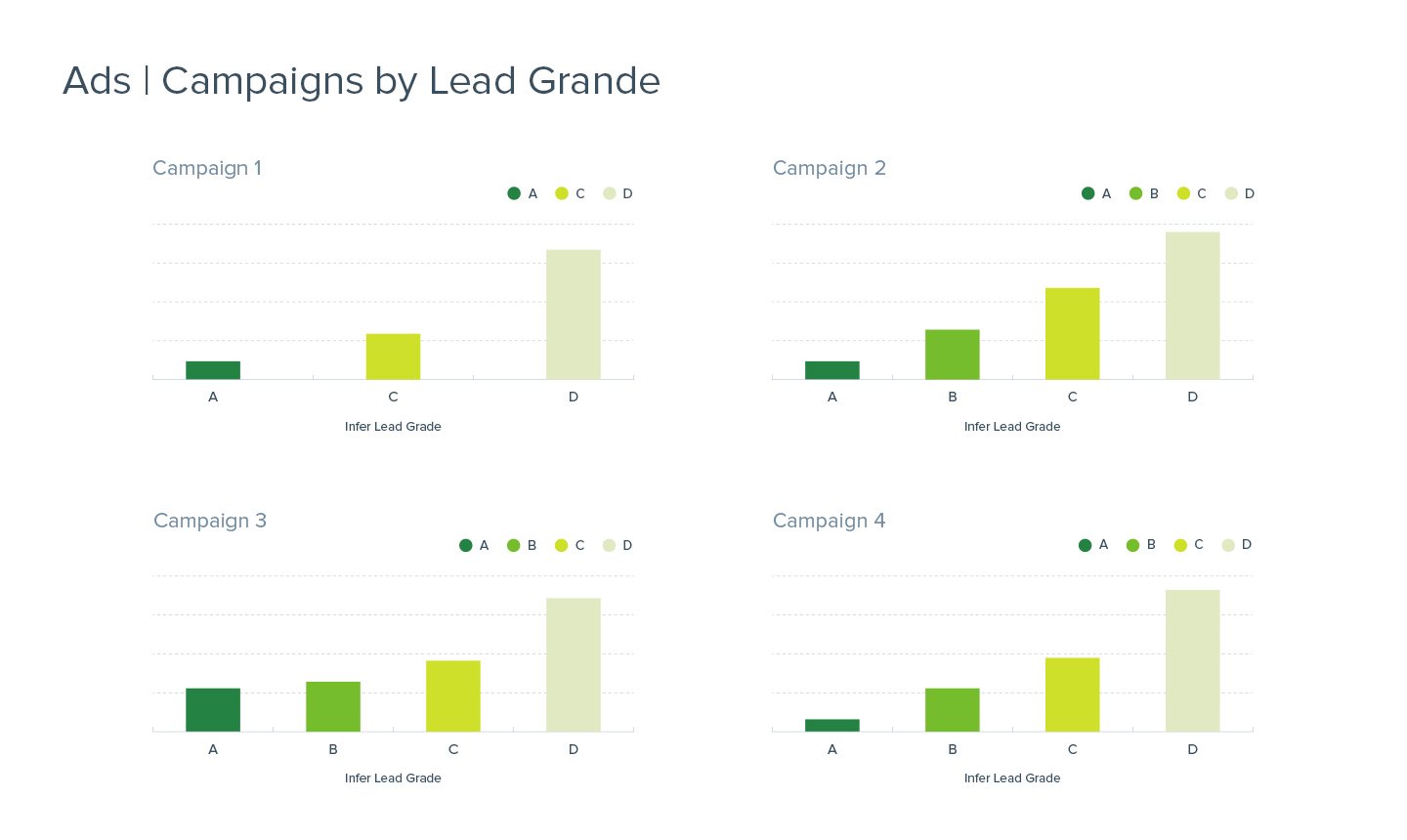Without getting bombarded about how AI will disrupt marketers can not read about their livelihood. And with the sales and advertising functions evolving quickly in the past few years, marketers specifically must embrace an entrepreneurial spirit and explore new technologies to be able to give their team a competitive edge. That mindset shift, for example smart voice-first products such as Apple’s Siri and Amazon’s Alexa and automobiles — along with new consumer trends–are bringing the options of AI to the forefront of business-to-business promoting engineering discussions.
But all of this begs the question, “Which AI asserts are hype and that are reality?”
In order to know what a new technology like AI can bring to the table, it’s important to completely understand. When it comes to the present state of AI options for sales and marketing, today’s reality is less futuristic robots or automating every single marketing workflow, and more about how information can answer one important baseline go-to-market question: that to sell and/or market to. There is an abundance of intellect that machine learning and analytics bring to the task of answering these questions — and that’s the crux of where AI is currently delivering.
Revenue performance management
By simply using predictive solutions to improve the way that they prioritise and filter inbound 24, enterprise sales teams are saving tons of time. Companies using all the “champagne” issue of an overwhelming volume of incoming prospects will be using predictive analytics and AI to automatically investigate and qualify leads who looks like their firm’s ideal client. For instance, the market growth team of Shoretel found that predictive scores could tell them not just which prospects would be the best match, but also which ones are showing purchasing behavior. As a result, the telco leader’s sales reps can know who their best prospects are and decide where their time ought to be spent — penetration that has resulted in 8X conversions that are larger. Now it takes just 12 calls to discover one marketing-qualified lead (MQL) vs. the 100 calls it took before the firm embraced predictive analytics.

A use case we are seeing is lead. Rather than conventional methods of distributing prospects based on a simple round robin or regions without much thought companies are starting to path prospects more to leverage AI intelligently. Firms use scores to decide that ought to be followed up on by account executives right away, and which prospects should be put into advertising tracks until they reveal possible, that need to be delivered to revenue development reps for research.
Another usage case for predictive analytics is business expansion. As more teams embrace account-based sales and marketing strategies to move forward, a common question is “how can we find customers who will spend more with us” But with outbound prospecting, it’s tough to focus on the ideal target accounts vs. attempting to boil the ocean. That is still another issue by using a vast collection of data resources pinpoint new markets to go after and to identifywhitespace opportunities that models are solving. Machine learning predicts the value of an account (i.e. its expected deal size, revenue impact along with other metrics) prior to the staff participates, so they have assurance they are spending some time in the ideal places.
Advertising efficacy
This brings us to the chance for the current marketing groups. Any marketing strategy — whether focused on inbound demand gen or account-based outbound tactics — necessitates insight into that that the company is advertising to. Predictive analytics assists marketers turn them to opportunities, prospects and eventually closed/won deals and optimise conversions for funnel efficacy by locating the best methods to move down leads the funnel.
One type of predictive model that is gaining traction is behavior scoring, which informs marketers whether a prospect acts just like a client. These models look at patterns in marketing automation and affiliate systems to determine when accounts and leads are showing purchasing intent and receiving near a conversion threshold. This valuable marketing intelligence helps firms deliver just the right message and optimise campaigns to reach their prospects. Smart teams in startups like New Relic are going after prospects which are not just the match, but also demonstrating the maximum level of purchasing propensity. This technique also helps marketers shift their attention from quantity metrics (“the number of leads can we provide”) and towards a quality mindset (“how many great leads can we deliver”).
Additionally, predictive analytics is an efficacious means where teams may be missing opportunities to find blind areas. Sadly, “nurture” has all too often become a code word for “neglect” in several organisations. AI began to engage and has turned this idea on its head by scanning prospects sitting in databases, and picking out the ones who have lit up again . Conversion rates are turning into 2 percent, which may have a huge effect on revenue, by using these insights to guarantee conversion optimisation at the base of the funnel.
AI delivers immediate feedback on the standard of marketing campaigns. Rather than waiting for earnings cycles before measuring effort impact to perform out, marketers can now easily calculate key performance metrics. By way of instance, predictive analytics can measure the price of each fantastic lead, typical lead quality, pipeline-to-spend ratio, etc.. By using these KPIs to search vanity metrics and identify top performing campaigns and content, marketers are getting insights to which programs accelerate price rate, drive larger deals, and attract the highest quality prospects.

There is plenty of value to be gained from adopting the analytics solutions that are in practice at companies that are actual now as each of these examples illustrates — even as tomorrow’s science fiction use cases’ hype has been swirl. Rather than try to obtain an elusive grasp on AI claims that are not yet been realised, marketers should dip their feet with proven solutions like predictive in the water. Companies are already achieving business impact by adding this layer of intelligence for their operations as we understand it and reimagining automation.
The artificial intelligence (AI) market is set to reach3,061 billion by 2024 according to current research. TheAI Expoworld series looks at the future impact of those technologies, such as chatbots, machine learning, and business intelligence. Find out morehere.

